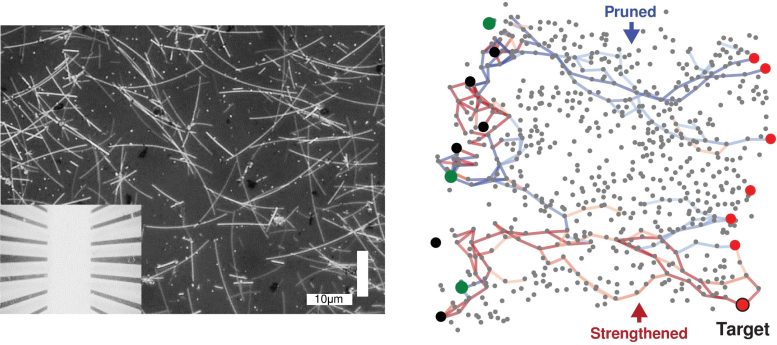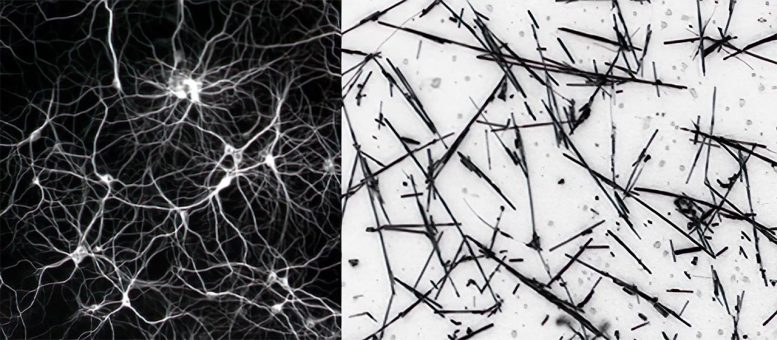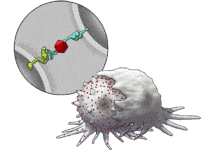
Scientists have demonstrated that nanowire networks can exhibit short- and long-term memory, similar to the human brain. These networks, comprised of highly conductive silver wires covered in plastic and arranged in a mesh-like pattern, mimic the physical structure of the human brain. The team successfully tested the nanowire network’s memory capabilities using a task similar to human psychology experiments. This breakthrough in nanotechnology suggests that non-biological hardware systems could potentially replicate brain-like learning and memory, and has numerous real-world applications, such as improving robotics and sensor devices in unpredictable environments.
Human-Like Intelligence Could Be Physical
In a groundbreaking study, an international team has shown that nanowire networks can mimic the short- and long-term memory functions of the human brain. This breakthrough paves the way for replicating brain-like learning and memory in non-biological systems, with potential applications in robotics and sensor devices.
An international team led by scientists at the University of Sydney has demonstrated nanowire networks can exhibit both short- and long-term memory like the human brain.
The research has been published today in the journal
Photograph of nanowire network (left), network’s pathways changing and strengthening (right). Credit: Alon Loeffler
“This work builds on our previous research in which we showed how nanotechnology could be used to build a brain-inspired electrical device with neural network-like circuitry and
Neural network (left) nanowire network (right). Credit: Loeffler et al.
Nanowire networks are a type of nanotechnology typically made from tiny, highly conductive silver wires that are invisible to the naked eye, covered in a plastic material, which are scattered across each other like a mesh. The wires mimic aspects of the networked physical structure of a human brain.
Advances in nanowire networks could herald many real-world applications, such as improving robotics or sensor devices that need to make quick decisions in unpredictable environments.
“This nanowire network is like a synthetic neural network because the nanowires act like neurons, and the places where they connect with each other are analogous to synapses,” senior author Professor Zdenka Kuncic, from the School of Physics, said.
“Instead of implementing some kind of
Zdenka Kuncic. Credit: University of Sydney






